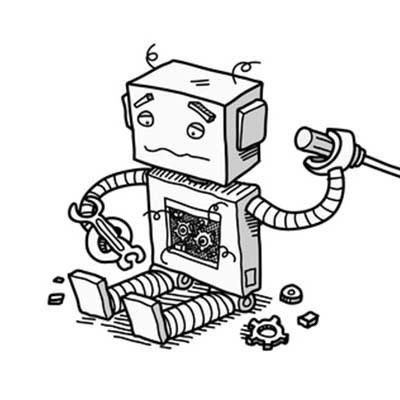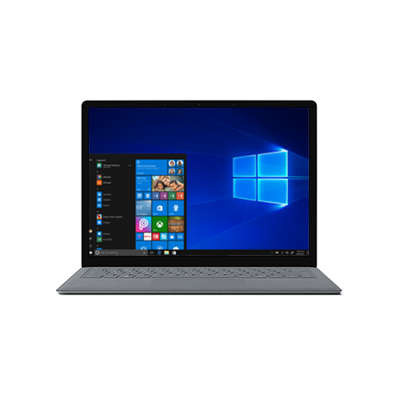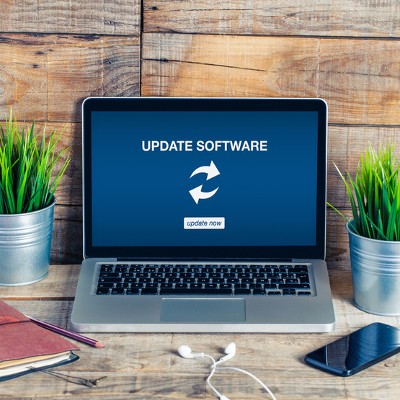Heart of Texas Network Consultants Blog
When you get a new device, you’re getting more than just the physical device and whatever software is currently installed on it. You’re also getting any updates and patches that the manufacturer and software developers release. However, many users neglect to incorporate these key improvements. Today, we’ll go over why updates and patches are so crucial.
Google Chromebooks run a streamlined version of the Chrome OS to offer users a relatively decent browsing experience, despite the device’s limitations. But what if Microsoft created a similar operating system? Well, they did just that with Windows 10 S, which is designed to be used with less processing power than the current operating system.
Windows is perhaps the most widely-used computing tool in the workplace, and as such, it remains a huge target for hackers of all kinds. Criminals are always trying to uncover vulnerabilities in the operating system, but this time around, Microsoft has truly outdone themselves. Windows 10’s built-in security, according to hackers at the Black Hat conference in Las Vegas, allows for the most secure Windows operating system in several years.
It’s been over two years since Microsoft officially cut the cord on Windows XP. As the most popular Windows operating system at the time, it was a huge blow to both businesses and consumers alike. Thankfully, a migration to Windows 10 isn’t nearly as difficult as one from XP. What lessons can be learned from Windows XP’s end of life event that can be applied to upgrading to Windows 10?
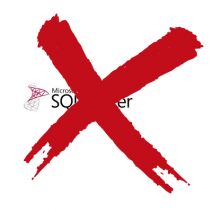 Which database management system is running on your company’s server units? For end users, it’s not something that they put a whole lot of thought into. However, if you completely overlook your Microsoft SQL Server, you may end up running an expired version that puts your data at risk. Case in point, SQL Server 2005, which Microsoft recently ended support for.
Which database management system is running on your company’s server units? For end users, it’s not something that they put a whole lot of thought into. However, if you completely overlook your Microsoft SQL Server, you may end up running an expired version that puts your data at risk. Case in point, SQL Server 2005, which Microsoft recently ended support for.
 Have you ever been in a situation where you have a friend who wants to use your personal computer for who-knows-what? In cases like this, you would want them to use a guest account, so as not to put your personal files at risk. Here’s how you can set it up in all commonly used Windows operating systems.
Have you ever been in a situation where you have a friend who wants to use your personal computer for who-knows-what? In cases like this, you would want them to use a guest account, so as not to put your personal files at risk. Here’s how you can set it up in all commonly used Windows operating systems.
 Windows 10 is making its rounds in the business environment, which is hardly surprising. Microsoft is known for making great operating systems that are ideal for both consumer use and workplace productivity. Though Windows 10’s adoption rate has been somewhat slow, it’s expected to be on par, or even surpass, other Windows OSs in terms of sheer usability over the next few years.
Windows 10 is making its rounds in the business environment, which is hardly surprising. Microsoft is known for making great operating systems that are ideal for both consumer use and workplace productivity. Though Windows 10’s adoption rate has been somewhat slow, it’s expected to be on par, or even surpass, other Windows OSs in terms of sheer usability over the next few years.
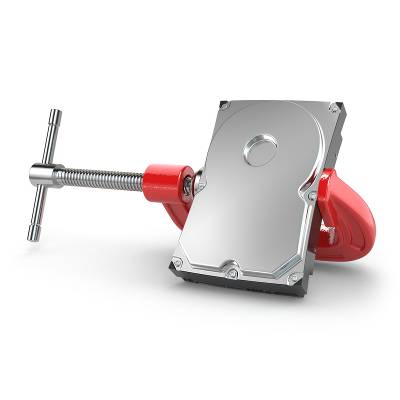 Technology has come a long way since 2003. It seems like just yesterday that Microsoft dropped support for Windows XP, and in just a few short months, they’ll be dropping support for Windows Server 2003, as well. If your business is one of the many still utilizing this server operating system, you’ll want to make sure that you upgrade away from it before July 14th, 2015. Otherwise, you’ll be running without security patches or updates.
Technology has come a long way since 2003. It seems like just yesterday that Microsoft dropped support for Windows XP, and in just a few short months, they’ll be dropping support for Windows Server 2003, as well. If your business is one of the many still utilizing this server operating system, you’ll want to make sure that you upgrade away from it before July 14th, 2015. Otherwise, you’ll be running without security patches or updates.
 Well, now that we've got your attention, it's a good time to mention that leaked photos and a video of what may be Windows 9, currently called Threshold, have been leaked to the web. As the next entry in the Windows family of operating systems, it has been highly anticipated since the return of a Start menu was displayed in April 2014. Microsoft has a lot of ground to cover after Windows 8, but will Windows 9/Threshold deliver?
Well, now that we've got your attention, it's a good time to mention that leaked photos and a video of what may be Windows 9, currently called Threshold, have been leaked to the web. As the next entry in the Windows family of operating systems, it has been highly anticipated since the return of a Start menu was displayed in April 2014. Microsoft has a lot of ground to cover after Windows 8, but will Windows 9/Threshold deliver?
 If you haven't done it already, then on the very top of your 2014 to-do list should be upgrading from Windows XP. Microsoft has scheduled to end support for its popular decade-old OS on April 8, 2014, which is only a few short months away. Here are five tips that will help you with upgrading from Windows XP.
If you haven't done it already, then on the very top of your 2014 to-do list should be upgrading from Windows XP. Microsoft has scheduled to end support for its popular decade-old OS on April 8, 2014, which is only a few short months away. Here are five tips that will help you with upgrading from Windows XP.





